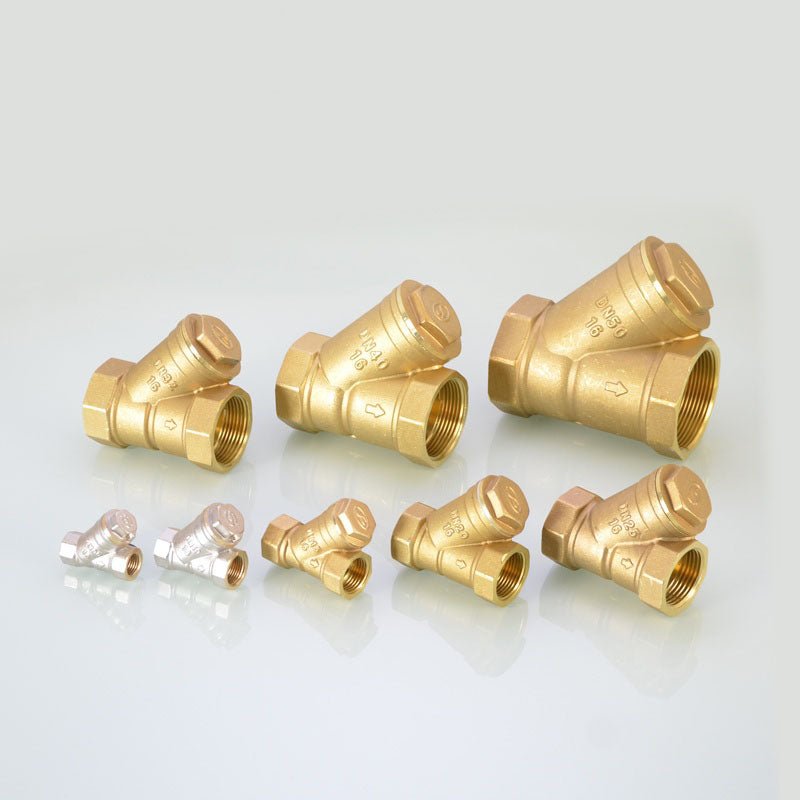1. Product core introduction
Durable NPT Thread Y-Shaped Brass Strainer Filter Valve for Water and Oil Applications | HomeDIYer
The Y-Shaped Brass Strainer Filter Valve Connector is a professional-grade component designed to remove debris and protect pipelines in water and oil systems. Featuring durable brass construction and an NPT thread design, this valve ensures leak-proof connections and efficient filtration. Suitable for industrial, residential, and commercial applications, it provides long-lasting performance in demanding environments.
2. The main characteristics of the product
• Y-Shaped Design: Optimizes filtration by trapping debris while maintaining efficient flow.
• High-Quality Brass Construction: Corrosion-resistant and durable for long-term use in harsh environments.
• NPT Thread Design: Ensures secure and leak-free connections to standard pipelines.
• Wide Application Range: Compatible with water, oil, and other fluid systems.
• Easy Maintenance: Removable strainer allows for quick cleaning and reinstallation.
• Professional Finish: Polished brass enhances durability and resists tarnishing.
3. Product use scene
Versatile and Reliable for Multiple Systems
• Water Systems: Ideal for residential plumbing, industrial water filtration, and irrigation systems.
• Oil Systems: Ensures clean oil flow in industrial machinery, automotive systems, and processing equipment.
• HVAC Systems: Protects pipelines and improves efficiency in heating, ventilation, and cooling setups.
• Commercial Plumbing: Reliable for high-traffic water filtration in offices, restaurants, and hotels.
• DIY Projects: Suitable for custom water or oil filtration solutions in residential and commercial setups.
4. Product use instructions
How to Use the NPT Thread Y-Shaped Brass Strainer Filter Valve | HomeDIYer
1. Prepare the Pipeline: Ensure the pipeline is clean and ready for installation.
2. Attach the Valve: Screw the NPT-threaded valve securely into the pipeline connection.
3. Monitor Flow Direction: Ensure the Y-strainer is installed with the correct flow direction as indicated.
4. Clean Regularly: Remove and clean the strainer periodically to maintain optimal flow and filtration.
5. Inspect Connections: Check for leaks or wear, tightening connections as needed.






















